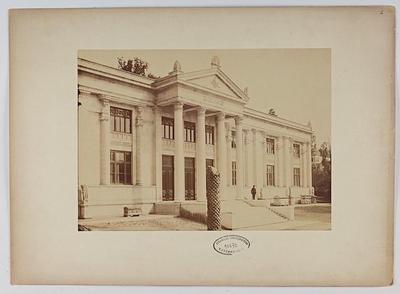A History of the Ottoman Imperial Museum

The Ottoman Imperial Museum (Istanbul Archaeological Museums) was one of the most prominent cultural institutions in the late nineteenth century. Although individual aspects of this museum have been the topic of important studies by Zeynep Çelik, Edhem Eldem, and Wendy Shaw, a comprehensive history that bridges the disciplines of history, politics, art history, and archaeology is yet to be written. In addition, the scholarly focus has disproportionately been on the classical, Hellenistic, and Roman collections of the Imperial Museum, preventing us from forming a more complete picture of the historical significance and the enduring legacy of this institution.
Following up on my article on the acquisition, exhibition, and publication settings of ancient Mesopotamian artworks in the Imperial Museum (submitted to the journal Muqarnas in March 2023 and will be published in its 43rd issue in 2026), my second book project will present a comprehensive history of the Ottoman Imperial Museum by incorporating both Ottoman sources and those written in western languages. Situating it at the intersection of altering legal frameworks, the politics of archaeology, and the late Ottoman modernization, I will not only trace its foundation and institutionalization but also provide a detailed analysis of its acquisition practices, exhibition didactics and design, publication efforts, and operational aspects.